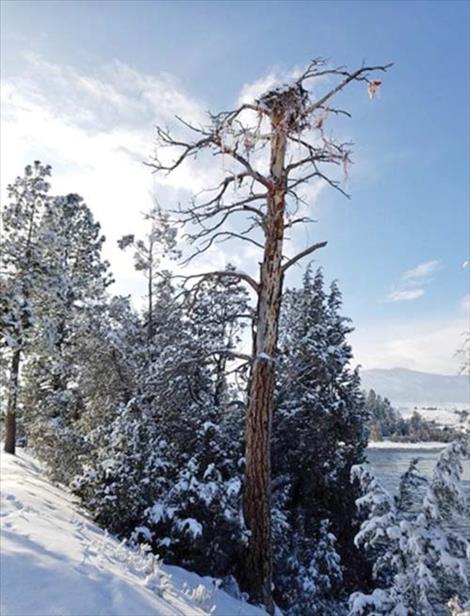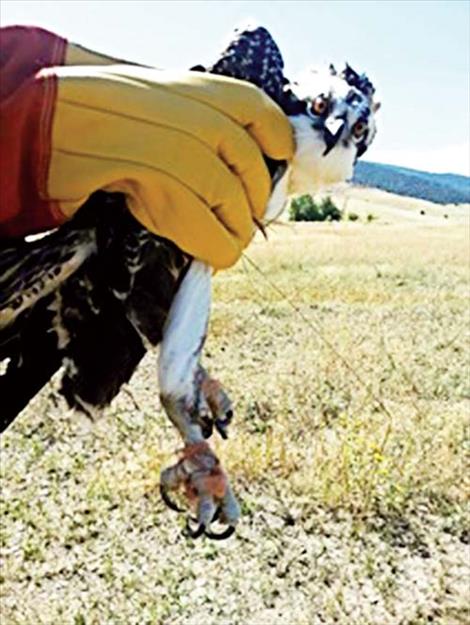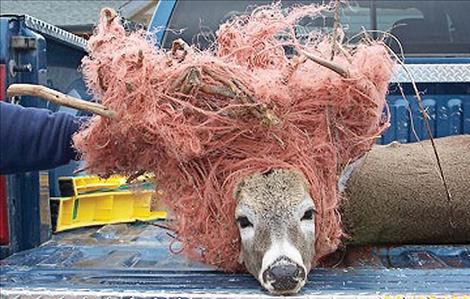Bailing twine, birds don’t mix
Hey savvy news reader! Thanks for choosing local.
You are now reading
1 of 3 free articles.
News from CSKT Tribal Wildlife Management Program
Spring has finally arrived, which means our migrating birds are beginning to return to the Mission Valley. Osprey in particular return between March and April, some returning from the coast of Mexico, more than 1,500 miles from where they were born.
Osprey generally return to a previously constructed nest or build large nests on trees, power poles, and other man-made structures. Nests are generally located near a reliable source of water because their diet is primarily made up of fish. Osprey lay one to four eggs in April or May, according to the CSKT Animal Field Guide Flathead Reservation.
Bailing twine, commonly used in the Mission Valley, is highly visible and birds like osprey seek out and use artificial twine along with natural materials for lining their nests. It is unknown why osprey are attracted to this polypropylene twine, but some biologists believe that twine might possibly mimic brightly colored lichens, which are natural materials used by osprey in other nesting areas.
Bailing twine does not decompose and is dangerous when adults fly to and from the nest: birds can become entangled in twine as they leave the nest to feed their young, and young osprey can get twine caught around their legs and talons in the nest. If they cannot escape, they are usually found hanging upside down dead under their nest. Even if the osprey is lucky enough to escape entanglement, occasionally twine remains wrapped around their foot or talon and this restricts blood circulation and could prevent them from catching fish to survive.
A nest in the Missoula Valley, determined to be at least 20 years old, was blown over after a storm and was found to have approximately 1,000 feet of bailing twine inside, according to Raptor View Research Institute in Missoula. Please do your part and pick up any bailing twine that you see and dispose of it properly after feeding, it could save a bird’s life.
Here on the Flathead Indian Reservation, we have also seen bailing twine affect other wildlife species, such as young white tailed bucks. For more information, contact the Tribal Wildlife Management Program at 406-883-2888.


















